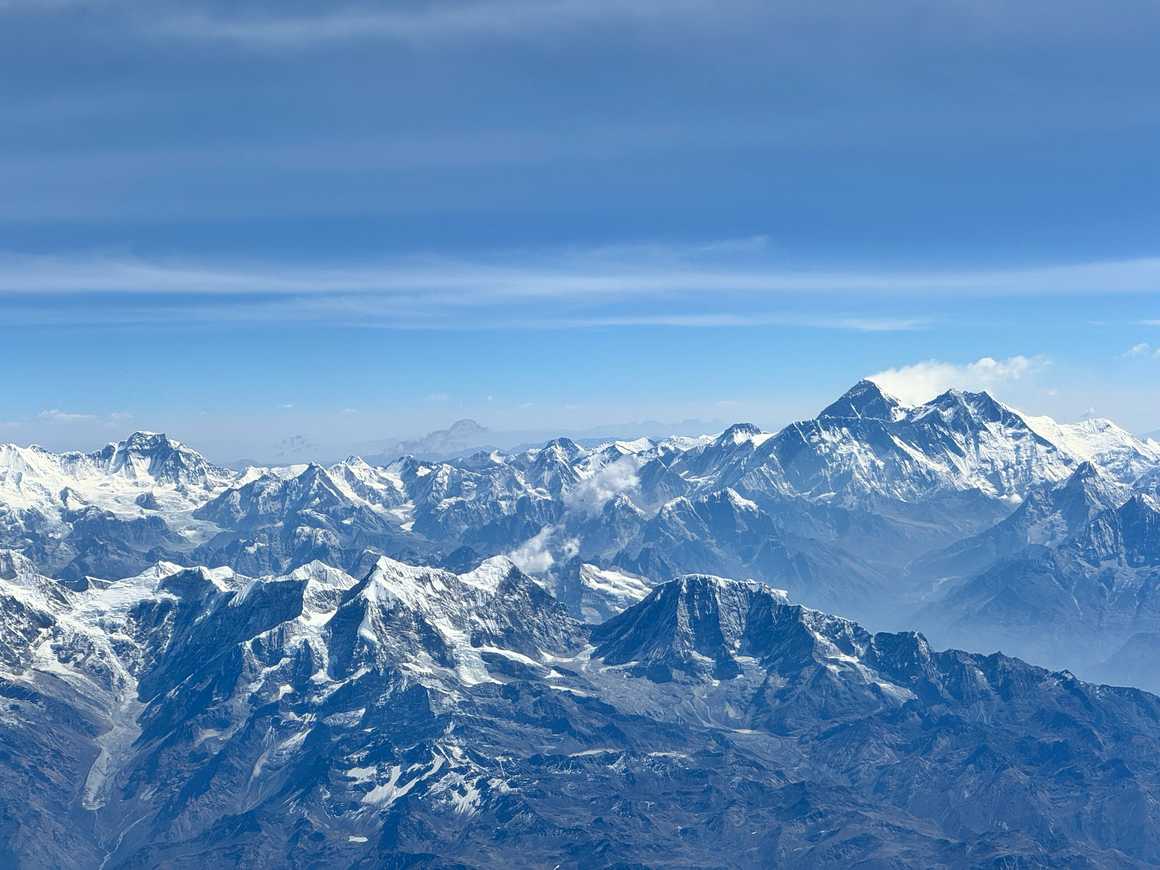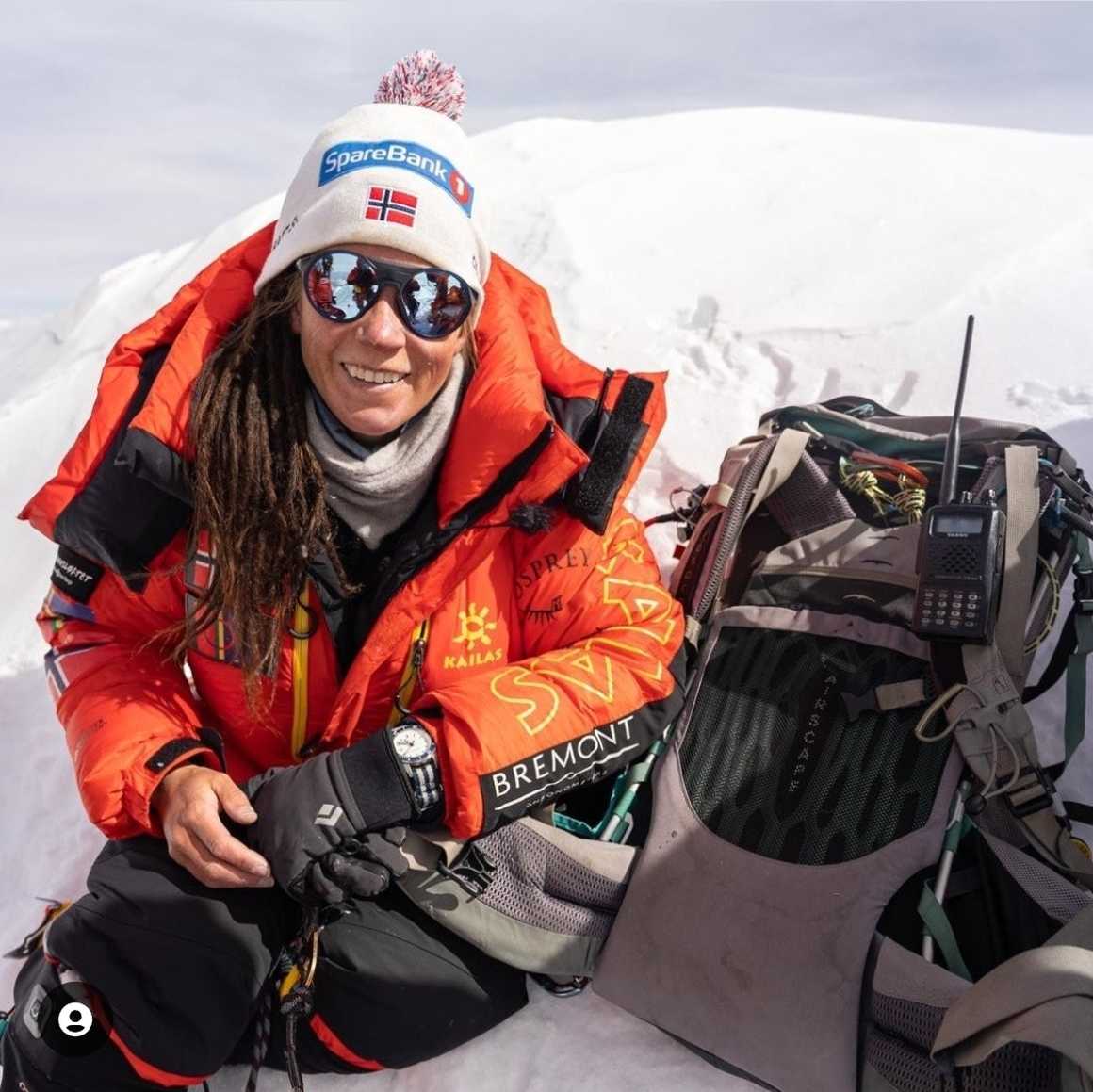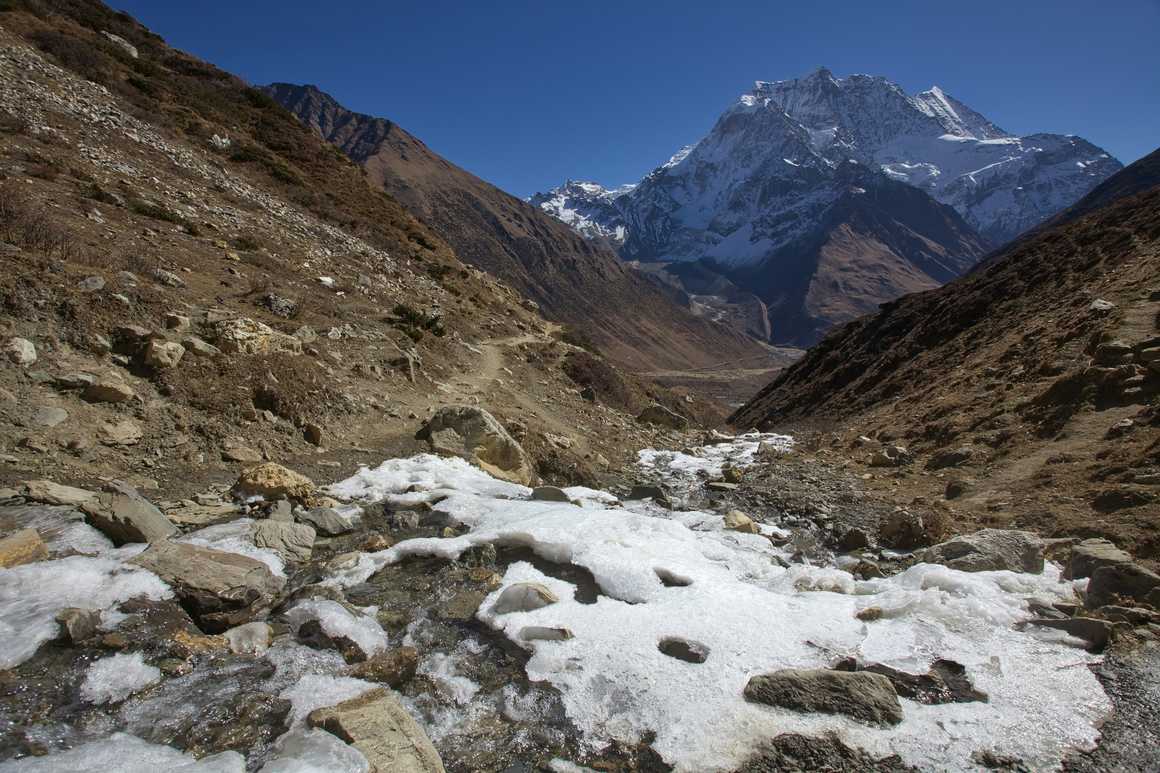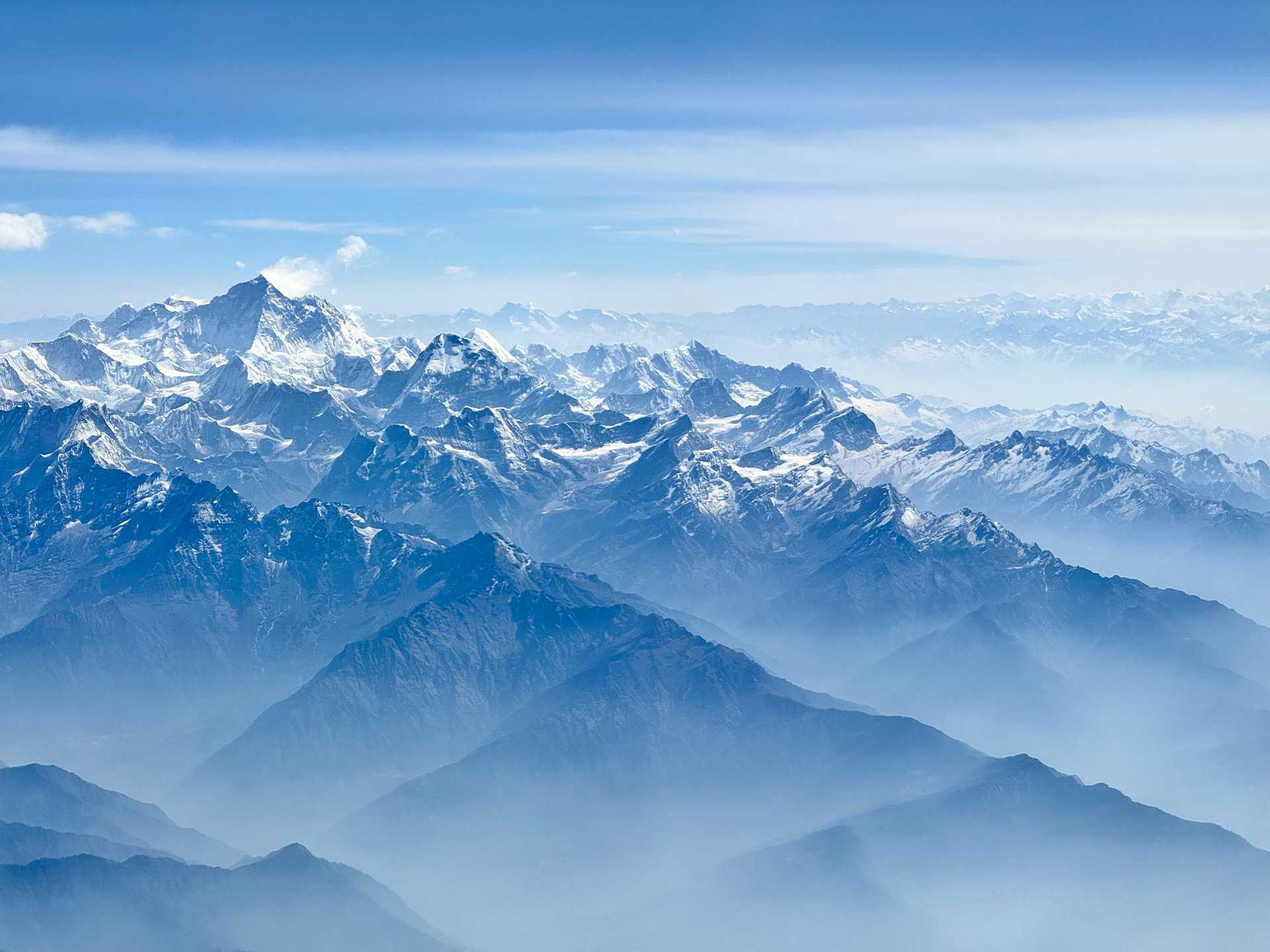What are the 14 Highest Mountains in the World?
Climbing all 14 of the highest mountains in the world is
regarded as one of the toughest mountaineering challenges there is and as of
2023 less than 50 mountaineers have achieved this. Kristin Harila, a
Norwegian mountaineer, is the fastest person in the world to climb all 14 peaks
in just three months and one day in her “She Moves Mountains” project in 2023,
beating Nirmal Purja’s 14 peaks record.
In this blog we’ll answer some of the most asked questions
about the highest mountains in the world. So, read on for all you need to know
about the 14 highest mountains in the world, who has climbed all 14 8,000m
peaks and which is the easiest 8,000m peak to summit.
What is the highest mountain in the world?

What are the 14 peaks higher than 8,000m?
- Everest 8848m / 29028ft (Himalayas)
- K2 8611m / 28250ft (Karakoram)
- Kanchenjunga 8586m / 28169ft (Himalayas)
- Lhotse 8516m / 27940ft (Himalayas)
- Makalu 8463m / 27766ft (Himalayas)
- Cho Oyu 8201m / 26906ft (Himalayas)
- Dhaulagiri 8167m / 26795ft (Himalayas)
- Manaslu 8163m / 26781ft (Himalayas)
- Nanga Parbat 8125m / 26660ft (Himalayas)
- Annapurna I 8091m / 26545ft (Himalayas)
- Gasherbrum I 8068m / 26469ft (Karakoram)
- Broad Peak 8047m / 26400ft (Karakoram)
- Gasherbrum II 8035m / 26362ft (Karakoram)
- Shishapangma 8012m / 26285ft (Himalayas)
Who climbed the 14 highest peaks in record time?
As of 2023, less than 50 mountaineers have successfully
climbed all the world’s 14 highest peaks over 8,000m. Below we’ve listed some
of the people who have completed the challenge in record time.
In 1987, Polish climber Jerzy Kukuczka set the world record
of the fastest ascent of all 14 8,000m peaks completing the challenge in 7
years 11 months and 14 days. He is best known for having become the second man
in the world to climb all 14 ‘eight-thousanders’, just eleven months after
Reinhold Messner.
In 2013, South Korean climber Kim Chang-ho beat Kukuczka’s
record by just 1 month and 8 days.
Nirmal Purja set a new record in 2019 for the fastest ascent
of all 14 peaks in 6 months and 6 days. The Nepali mountaineer’s quest to
summit all 14 of the world’s 8,000m peaks was documented in the Netflix
documentary 14 Peaks: Nothing Is Impossible (2021). Alongside the
overall goal of climbing the world’s 14 tallest peaks, Nims achieved a further
6 world records in the process.
As of 27th July 2023, Kristin Harila holds the current
record for the fastest ascent of all 14 peaks, completing the challenge in just
92 days. The world record came after her first attempt which began last year in
2022 when she was on track to beat Nirmal Purja’s record, but faced permit
issues in China and was not allowed to finish her record attempt by climbing
Cho Oyo and Shishapangma.

What is the “death zone”?
Failure to acclimate properly may lead to a number of
concerning illnesses including acute mountain sickness (AMS), high altitude
pulmonary edema (HAPE) or high-altitude cerebral edema (HACE). When climbers
are exposed to these altitudes, their rate of breathing increases to inhale the
necessary oxygen and their heart rate soars, rising to 140 beats per minute
which increases the risk of heart attack. Climbers frequently have more trouble
sleeping at high altitudes, lose muscle mass more rapidly and experience a
significant decline in appetite despite the need to consume additional
calories.
What is the importance of acclimatisation?
Minor symptoms of altitude sickness include headaches, but
these can be treated with painkillers and by maintaining your water intake.
Additionally, some trekkers use the drug Acetazolamide (Diamox) to help prevent
altitude sickness. It’s when symptoms become more moderated to severe that your
chances of reaching the summit are lessened.
While the human body will never fully acclimate to any
elevation above 6,000m unless you’re Nepali or are born and live your life at
altitude, the best way to acclimate is to gain elevation gradually and spend a
few days at the elevation to begin the process. On any mountain we recommend
climbing high but sleeping low to ensure the best possible chance of success.
For more information on symptoms for altitude sickness
medications, check out our helpful blog on how to prevent altitude sickness
in Nepal.
Which is the easiest 8,000m to climb?
It is important to note that there are no easy or
comfortable climbs at 8,000m and that all mountains big or small are prone to
danger. However, when comparing the 14 8,000m peaks, Manaslu (8,163m), Cho Oyu
(8,201m) and Broad Peak (8,047m) are generally considered to be less technical
and safer options at this altitude. Manaslu is the 8th highest
mountain in the world and should be the choice for many climbers who want to
make their first-ever expedition into 8,000m as there are fewer technical
sections and hazards. Cho Oyo is the 6th highest peak in the world
and another 8,000m mountain. Where the difficulty lies in climbing this peak is
complicated rules with Chinese authorities. Broad Peak, the 12th
highest mountain in the world is also considered another safer
‘eight-thousander’ as there are fewer technical dangers on the routes and is a
straightforward climb.











